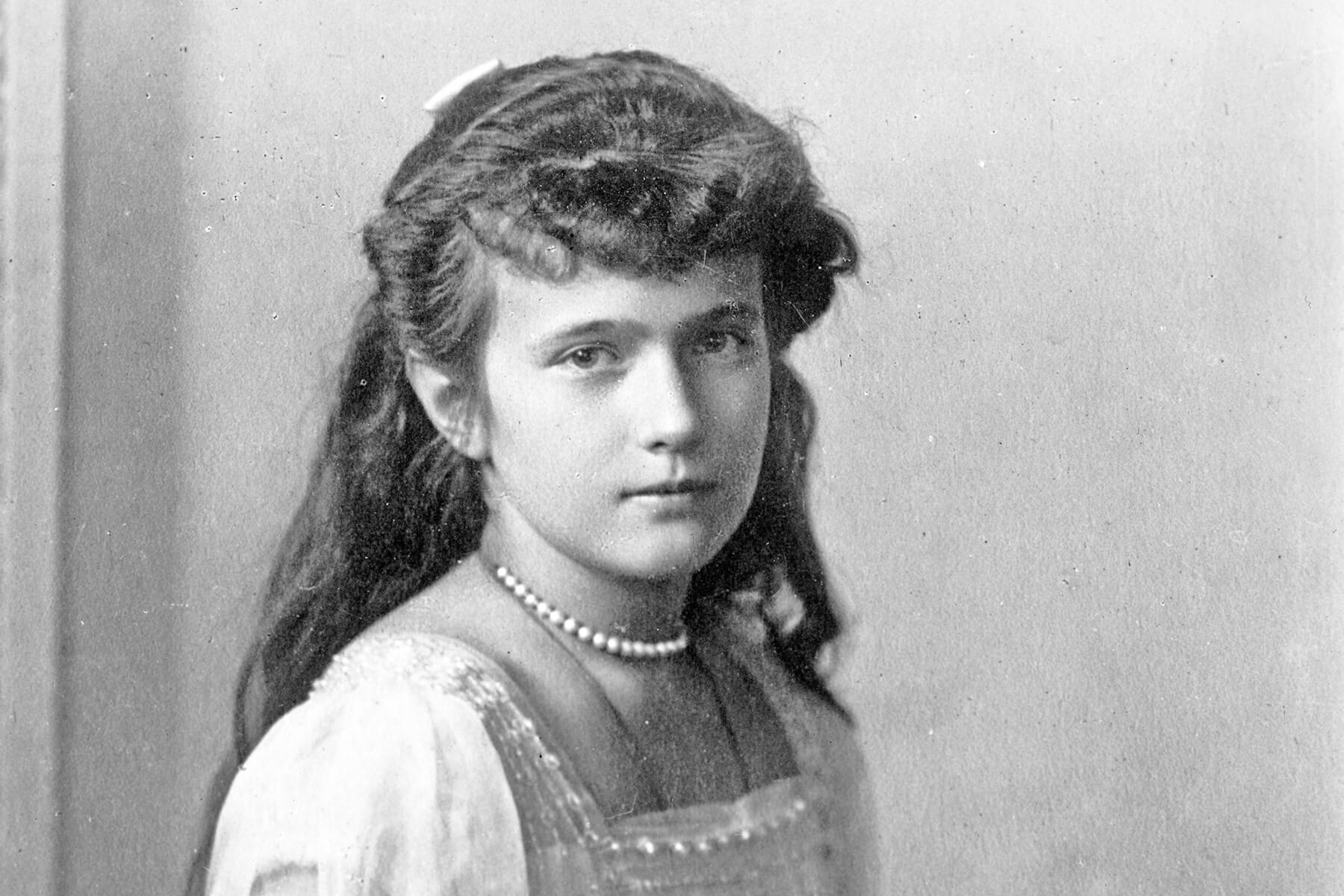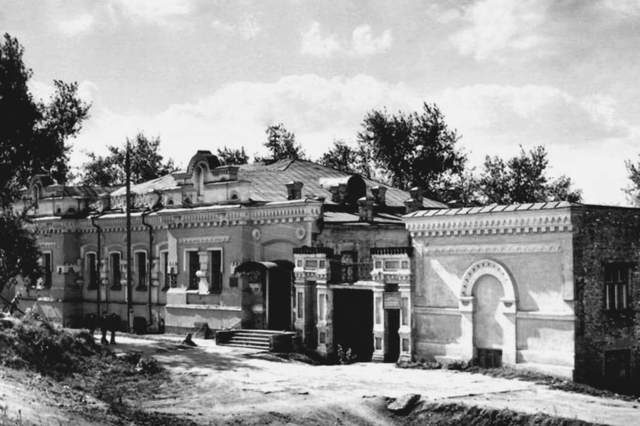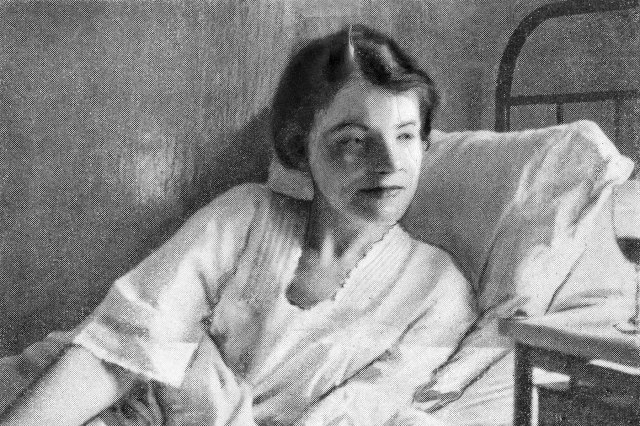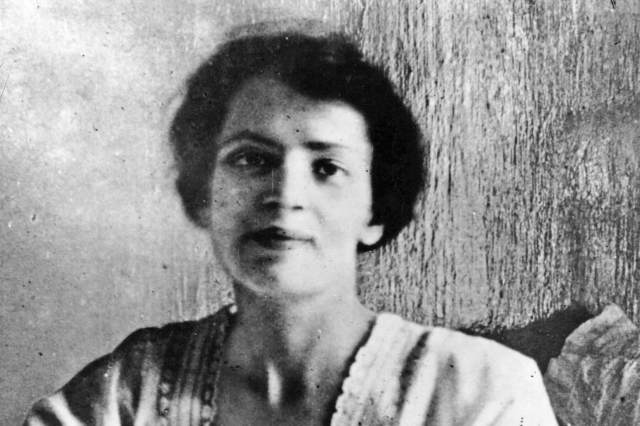The Real Story of Anastasia Romanov
The early 20th century was a time of significant turmoil in Russia. The Romanov dynasty, which had ruled Russia for more than 300 years, was in its twilight, facing increasing opposition over economic hardship and disastrous World War I military failures. In March 1917, the Russian Revolution forced Tsar Nicholas II to step down; just over a year later, he and his wife and children were killed in secret by Bolshevik revolutionaries.
For years, the fate of the Romanov family was shrouded in mystery, leaving room for myths about their survival. Theories about one family member in particular — the tsar’s youngest daughter, Anastasia — flourished. The grand duchess inspired not only conspiracies and impostors, but Broadway plays and Hollywood movies. More than 100 years later, her story remains one of the 20th century’s most compelling mysteries. But who exactly was Anastasia, and what really happened to her?
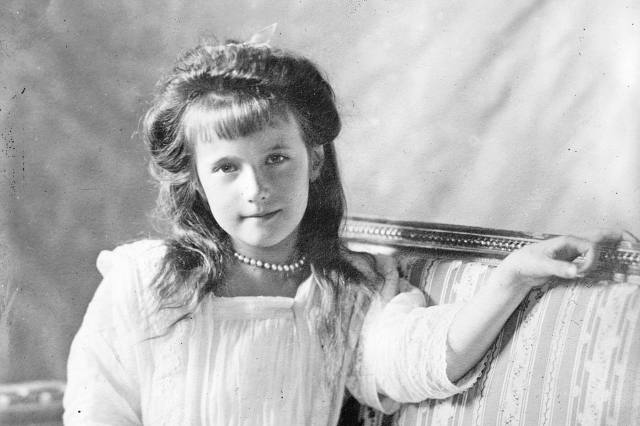
Anastasia Nikolaevna Romanov, the fourth and youngest daughter of Tsar Nicholas II and Empress Alexandra Feodorovna, was born on June 18, 1901. (Their son Alexei, the heir to the throne, was born three years later.) Anastasia was known for her sense of humor and mischievous personality. Gleb Botkin, the son of the family’s physician, said that “in naughtiness, she was a true genius,” describing her as “witty, vivacious, hopelessly stubborn, [and] delightfully impertinent.”
When her father was forced to abdicate the throne in early 1917, the lives of Anastasia and her family were uncertain. The Romanovs and their staff were sent to Siberia, where they lived in relative peace and normalcy, all the while holding out hope that they could make their way to England, where Nicholas II’s cousin, King George V, reigned. But later that year, after Vladimir Lenin’s Bolsheviks seized power, the royal family was relocated again, to a house in the Russian city of Yekaterinburg. It would be their last move.





